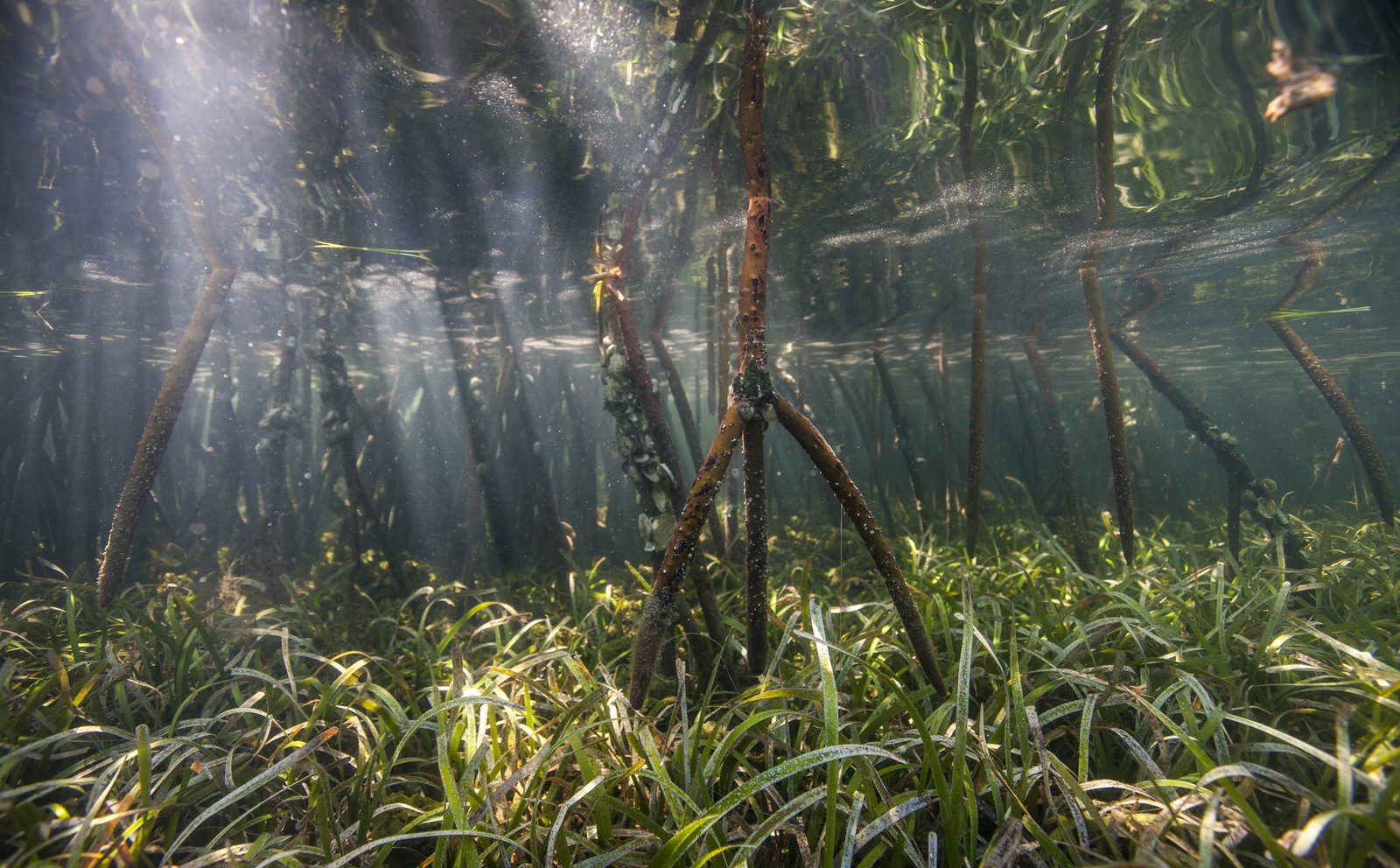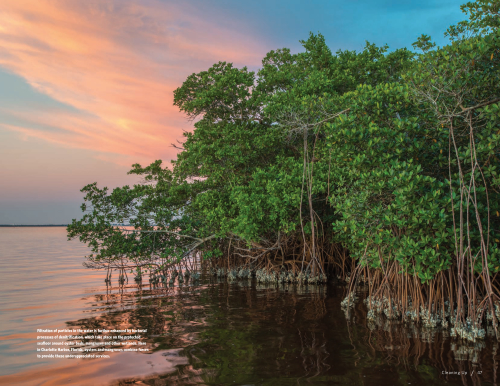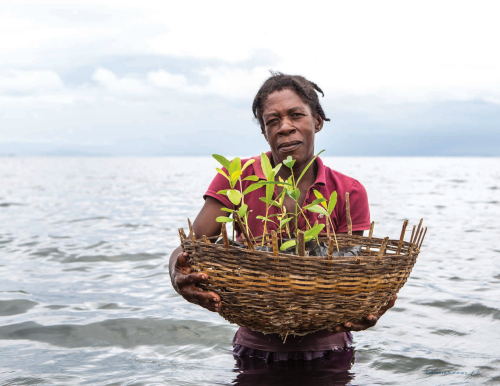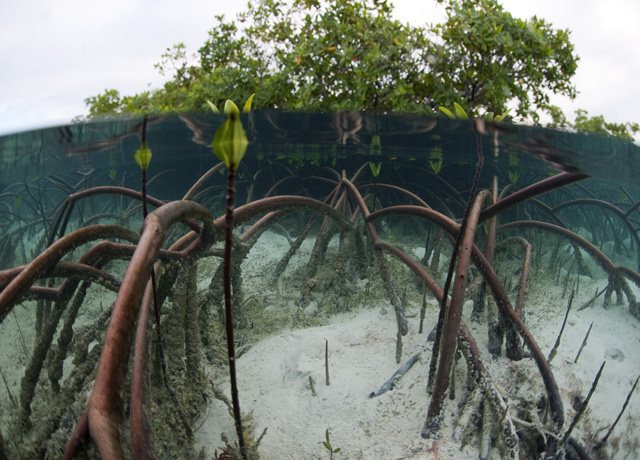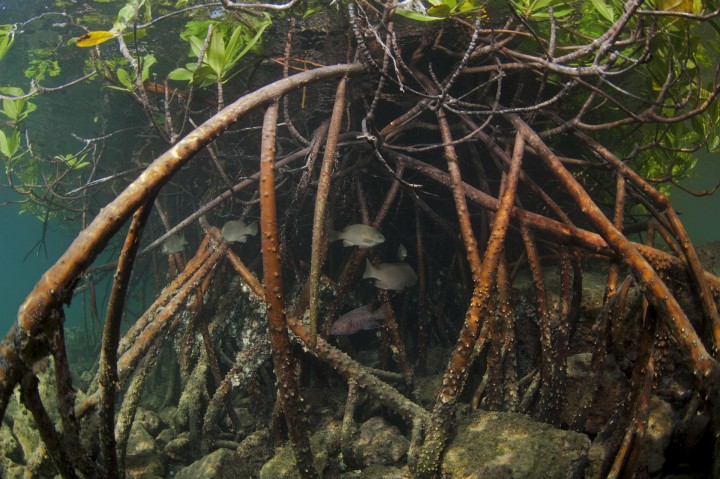Overview
Mangrove forests are important for food production, carbon storage and sequestration, coastal protection, water purification, and tourism, which is why there is an increasing need not only to prevent further loses, but to increase mangrove areas through restoration.
TNC has partnered with IUCN to develop a global model and map of mangrove restoration potential to help practitioners prioritize areas, and as a way to support and encourage mangrove restoration projects globally.
The model incorporates information on both current and historic distribution of mangrove forests, as well as local drivers of mangrove loss and degradation (e.g., urbanization and industrial development, conversion to agriculture and aquaculture ponds, deforestation for fuelwood or timber, altered freshwater regimes, pollution and coastal erosion), which can vary in extent and severity depending on the region. Environmental (e.g., wave energy, tides) and social factors (e.g., population density, demographics), as well as future projections of sea level rise, urbanization, and weather events are other factors that can influence restoration suitability, and will also be incorporated into the model where possible.
Model results can be viewed in an online mapping and decision-support tool that can be used by environmental groups to show the extent of degraded mangroves, how much land is available for restoration, identify priority restoration areas, and kick-start opportunities for implementing restoration projects. The project will also result in modeled ecosystem service values for restored sites.
Mangroves are rightly considered the poster child for ecosystem service values. By highlighting the long-term value of mangroves, this work can reach beyond the conservation sector to engage governments and local communities in future restoration projects.
Major Findings
- Global statistics on mangrove extents, gains and losses developed by our partners show the global extent of mangroves in 1996 was some 142,795 km2, but in 2016 was some 136,714 km2
- In a first ever review of mangrove degradation, we have mapped some 1389km2 of degraded mangrove within the latest (2016) mangrove cover map.
- A new global “typology” of mangrove has been developed: all mangrove areas have been classified into deltaic, estuarine, lagoonal and fringing systems and subsequent analyses are based on the resulting 6000 typological units.
- In total some of former mangrove area are considered restorable. In addition to these statistics, an expert-derived model for “restorability” has been developed based on key environmental components which influence the ease of restoration. Using this model, some 6,665 km2 are considered highly restorable. Degraded areas are independent of this.
- The work overlays current and potential mangroves areas with models of ecosystem services to assess potential benefits. Full restoration of the areas identified could enable:
- Carbon sequestration in aboveground biomass amounting to 69 million tonnes of Carbon, equivalent of annual emissions from 25,000,000 US homes.
- Soil carbon stocks of 296 million tonnes saved through a combination of avoided emissions and sequestration emissions equivalent to emissions from 117,000,000 US homes.
- Addition of commercial fisheries species in mangrove waters totalling 23 trillion young-of-year finfish and 40 trillion crabs, shrimp and molluscs
- Coastal protection from annual flooding to hundreds of thousands of people
- World-wide there are some 2500 protected areas which include mangrove forests within their boundaries. These include some 54,000km2, or over 39 percent of the world’s remaining mangroves. Levels of degradation within protected areas are less than half those recorded from outside of protected areas.
- In an entirely new global synthesis and review of mangrove restoration efforts we have developed basic data on over 160 mangrove restoration efforts world-wide covering 2000km2.
- Overall, restoration of the recently lost mangroves of the world in this study could lead to the storage of annual emissions from 25,000,000 US homes in sequestration and 117,000,000 homes in avoided emissions.
- They also reduce the costs of flood damages world-wide by US$82 billion each year, with major beneficiaries including China, USA, India, and Mexico.
Explore Project Outputs
Project Partners


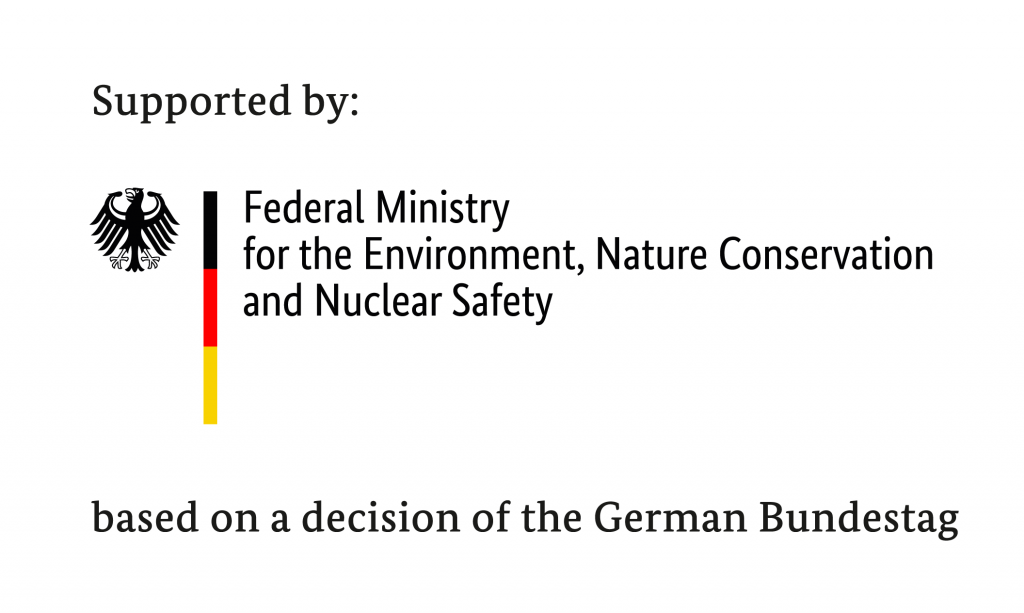

Photo Credits: Top row tile images (left to right): ©Tim Calver, ©Carlton Ward Jr., ©Tim Calver; Bottom row tile images: (left to right): ©Nancy Sefton, © Jeff Yonover, © Octavio Aburto/iLCP

